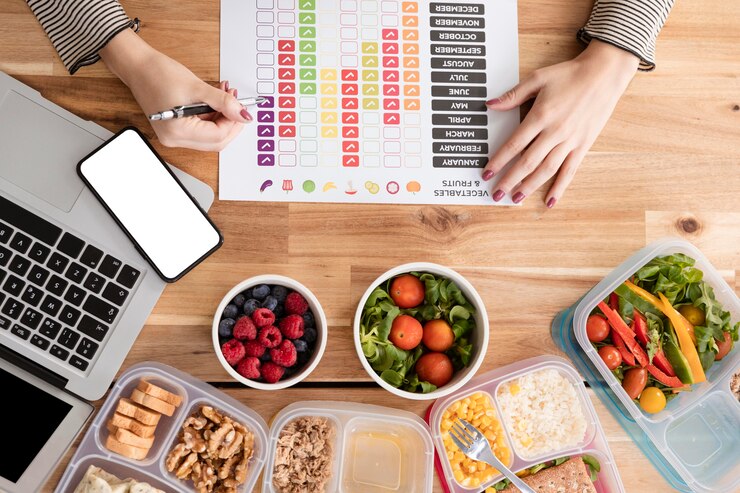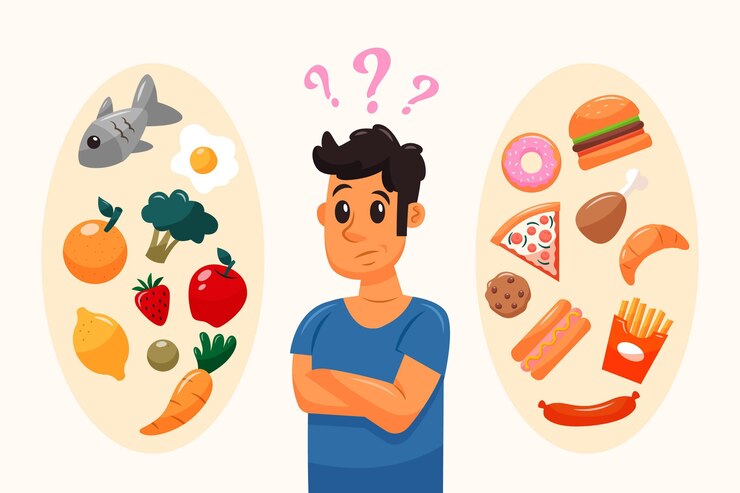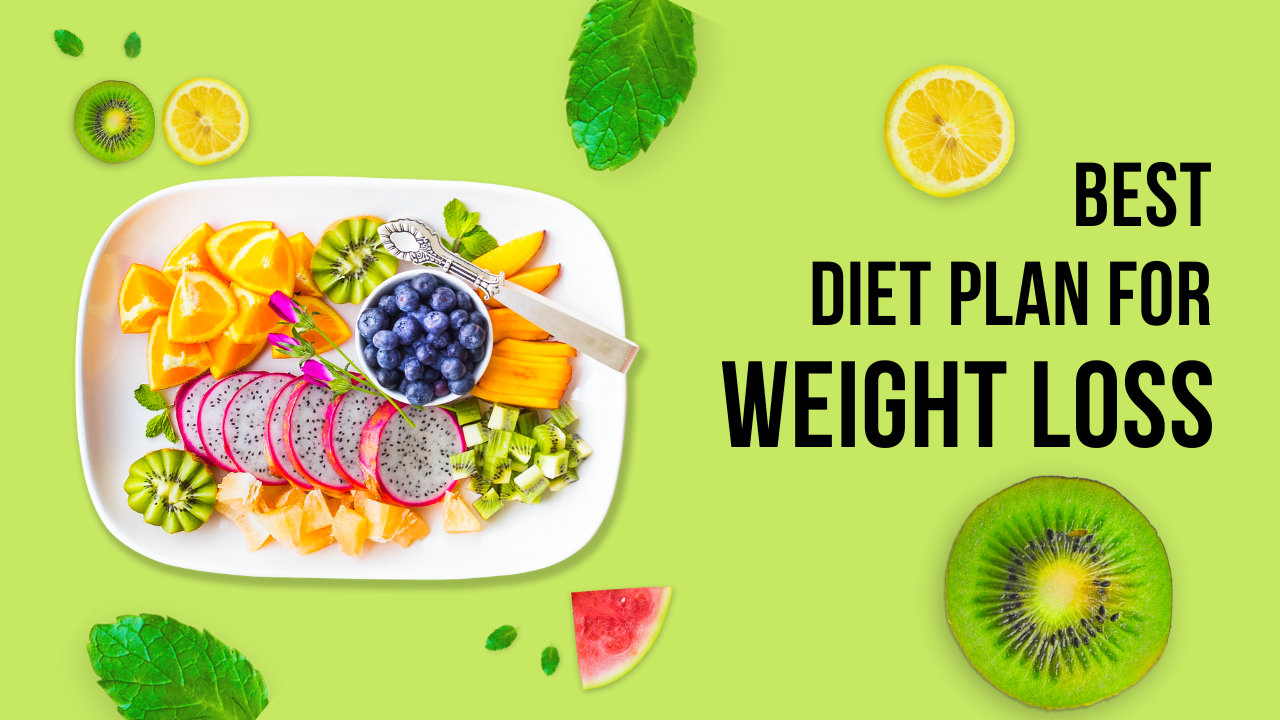Introduction:
Welcome My Name is Kashif Rehman and In this Blog, we’re going to discuss”Intermittent fasting: Methods and top 10 foods for fast weight loss” the role of intermittent fasting in facilitating weight loss, including the science behind intermittent fasting, how it works in practice, side effects, and tips for what you could eat, and also foods to try and avoid. Now, before we get into the main section of the Blog, I do want to stress that I’ve written this as a general educational resource. It’s not a clinical advice Blog and I’d strongly suggest that if you do have a medical condition, such as diabetes, and you’re thinking about making changes to your diet. you should first discuss this with your healthcare provider, especially if you’re taking medication. So let’s start the Blog by discussing what intermittent fasting is.
Table of Contents
Understanding Intermittent Fasting for weight loss

Learn the basics: Well, put quite simply, intermittent fasting involves cycling between periods of fasting and eating. There are two main ways of doing this in practice, and we’ll discuss these in more detail later in the Blog. These are essentially called the 5-2 or 16-8 diets. We’ll discuss the specific science behind intermittent fasting in the next section of the Blog, but in a nutshell, When you fast, you use stored energy in your body to burn excess fat, which leads to weight loss. So now that we have a basic understanding of what intermittent fasting is, why don’t we briefly look at the science behind intermittent fasting? I do think that it’s worth trying to understand what the theory behind intermittent fasting is to try to help us make sense of how this particular form of disease works why don’t we briefly look at the science behind intermittent fasting?
The Science Behind Intermittent Fasting for Weight Loss

Because I do think that it’s worth trying to understand ting. the source of energy or the body’s not getting glucose from food, the glycogen is released from the liver and broken down into glucose and sent into the bloodstream. does help us with weight loss. Therefore, when we eat, we gain energy from it, as much as our body can immediately use When we eat, insulin is produced, which breaks down carbohydrates into glucose After that, glucose can be used for energy by cells, or stored as glycogen in the liver or muscles. When we need a quick However, there’s limited storage space for glycogen and once stores are full, the liver will turn excess glucose into fat. Now, when you fast, your insulin levels drop This signals the body to start burning stored energy, and one of the sources of that stored energy that the body can use is glycogen in the liver The body will use it first and most readily accessible. After the glycogen has been used up, The body will start to break down fat to get the energy that it needs. If we start to burn the stores of energy such as glycogen or fat, then in theory we should lose weight. Therefore, now we know a little about the science behind fasting.
Practical Methods of Intermittent Fasting for Weight Loss

Well, what are the different methods for fasting? Okay, so the two most popular methods for fasting during Ramadan are the 5-2 diet This is the place where you usually eat for five days a week. then eat only around 500 to 600 calories on the other two days. The second option is time-restricted eating, where you have a long period of the day when you don’t eat. With time-restricted eating, most people choose something called This involves not eating for 16 hours of the day, then having an eight-hour eating window. Generally, this diet form is done daily or almost daily. Intimate fasting can help you lose body fat. as it works out to approximately a 25% total calorie deficit for the week. However, you do need to be mindful of the foods that you’re eating in the fed state. If you overeat or you’re eating high-calorie foods, then you won’t see the weight reduction that you’re looking for.
Optimizing Your Diet for Weight Loss

Therefore, now we know a little about two practical ways to keep fast during the breaks We don’t just look at those five foods that we want to include in our meals and try to avoid, but also five other foods So, for those days and times when you’re not fasting, try to follow the general healthy eating guidelines for your meals And to assist you, I am going to highlight some important food groups that you may want to consider
grains:
So the first is whole grains. These come under your starchy carbohydrates, and these will provide a slow release of glucose into the bloodstream. They’re also an important source of fiber, vitamins, and minerals. Examples of these are oats, whole-grain bread, and whole-grain pasta. as well as brown rice.
meats and fish:
Now the second food group is lean meats and fish. They are important because they are filled with protein and are essential for muscle and tissue repair. The best kinds are lean meats such as skinless chicken and low-fat turkey. White fish such as haddock or cod are lean sources of protein and oily fish like salmon, sardines, tuna, and mackerel, they’re full of omega-3 fatty acids which are important for brain and heart health.
dairy products:
Now the third food group to consider is dairy products which can be a rich source of calcium, which is important for bone health, but you should try to choose low-fat varieties of dairy products, things as skimmed milk and low-fat Greek yogurt.
vegetables:
The fourth group is fruits and vegetables. These provide us with an important source of vitamins and minerals, as well as fiber.
lentils, beans, and pulses:
finally, lentils, beans, and pulses are also good because they’re low in fats and they’re an important source of protein, fiber, as well as vitamins, and minerals. Now, these are the five food groups that, in my opinion, you should try to include in your meals.
Foods to Avoid for Weight Loss

But some people ask, well, what foods should I avoid? Well, on an intermittent fasting diet, foods that you should avoid are things like refined carbohydrates. This means carbohydrates that have been highly processed and they contain little of the original grain. This is important because these foods are going to cause a rapid spike in your blood glucose levels. These are things like white flour, white bread, white rice, white pasta, and many breakfast cereals. They are usually filled with unrefined sugar.
sugar:
The next one is sugar. And this includes simple sugars like table sugar, and maple syrup, but also foods that contain added sugar, things like sugary drinks, sweets, chocolates, ice creams, and biscuits.
complex animal fats:
Now the other food group to try and avoid is complex animal fats. These are tips and Lord-like things, and one should avoid fatty foods because they contain saturated fat. You should also try and avoid too much red or processed meat. So meats like bacon and sausages, contain lots of saturated fats. and try to stick to lean meats or cut any visible fats off if you’re eating meat.
processed foods:
Finally, processed foods. These are the foods that have been altered in some way during preparation Cakes, pastries, biscuits, as well as convenience foods like pies They tend to have higher calories due to added saturated fat and extra sugar. Managing Side Effects.
So what are the possible side effects of an intermittent fasting diet? Well, some people might experience headaches and constipation, but the risk of this can be minimized. by making sure you’re drinking plenty of fluids on the fasting days, as well as eating plenty of vegetables and fruit. Again, I do want to stress that if you’re considering the intermittent fasting style of dieting, then please consider this in the risk of your own personal health and medical conditions. If you’ve got any questions or concerns before starting this diet, then please do try to speak to a trained and registered dietician or your doctor, who will be able to advise you on the sustainability as well as suitability of this.
Conclusion
about your personal medical history. You end this for us at the end of this blog. I hope you enjoyed it as well as learned something new. And if you did, please remember to consider liking the Blog, leaving me a comment if you’ve got any other thoughts,
Call to Action
you want to share your experiences with intermittent fasting, both positive and negative, and subscribe to the Website for weekly medical education Blogs if you’ve not done so already. Please also check out the references and resources that I’ve used to make this Blog. These will be found in the details box and there are many useful pieces of information inside those links.
Disclaimer
Finally, I’ve got to stress, this has been written as an educational Blog. It’s not a clinical advice Blog for legal reasons. Please read the full disclaimer in the description box. As ever, thank you for Reading, and until next time, bye.
What is intermittent fasting, and how does it work?
Intermittent fasting involves cycling between periods of eating and fasting. By restricting the times when you eat, it can lead to weight loss by promoting fat burning and improving metabolic health.
What are the different methods of intermittent fasting?
The two main methods are the 5-2 diet, where you eat normally for five days and restrict calories on the other two, and the 16-8 method, where you fast for 16 hours and eat within an 8-hour window each day.
Is intermittent fasting safe for everyone?
While intermittent fasting can be safe for many people, it may not be suitable for those with certain medical conditions or specific dietary needs. It’s essential to consult with a healthcare professional before starting any new diet regimen.
Will intermittent fasting help me weight loss?
Intermittent fasting can be an effective tool for weight loss for some individuals, as it often leads to a reduction in calorie intake and promotes fat burning. However, results may vary depending on factors such as individual metabolism and adherence to the fasting schedule.
Can I still exercise while intermittent fasting?
Yes, many people continue to exercise while intermittent fasting. However, it’s essential to listen to your body and adjust your workout routine as needed to ensure you’re meeting your nutritional needs and maintaining energy levels.
What can I eat during the fasting period?
During the fasting period, it’s essential to consume zero or very few calories to maintain the fasting state. Stick to water, black coffee, or herbal tea to stay hydrated and curb hunger pangs.
What should I eat during the eating window?
Focus on nutrient-dense foods such as lean proteins, whole grains, fruits, vegetables, and healthy fats during your eating window. Be mindful of portion sizes and aim to create balanced meals that support your overall health and weight loss goals.
Will intermittent fasting lead to muscle loss?
When done correctly, intermittent fasting should not cause significant muscle loss. Consuming an adequate amount of protein during the eating window and engaging in resistance training can help preserve muscle mass while promoting fat loss.
Are there any side effects of intermittent fasting?
Some people may experience side effects such as headaches, fatigue, or irritability, especially when starting intermittent fasting. These symptoms are often temporary and can be mitigated by staying hydrated and ensuring balanced nutrition.
How long does it take to see results from intermittent fasting?
Results from intermittent fasting can vary depending on individual factors such as starting weight, metabolism, and adherence to the fasting schedule. Some people may notice changes in weight and body composition within a few weeks, while others may take longer to see significant results. Consistency and patience are key.

